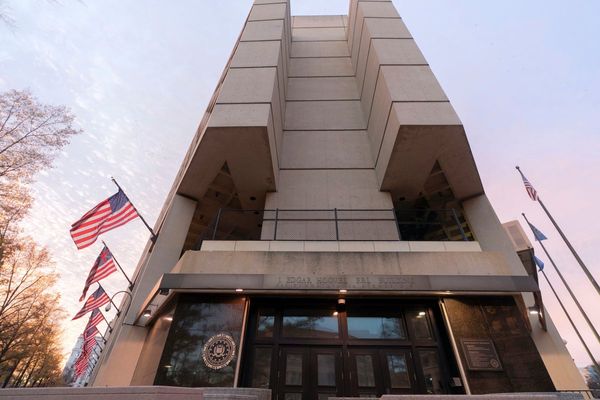
British outlet Financial Times’ chief economics commentator Martin Wolf has termed “today’s economically dynamic India” as former prime minister Manmohan Singh’s legacy.
In an opinion piece, the British journalist and author wrote that Singh “transformed” India with reforms such as “radical trade liberalisation, deregulation of industry, liberalisation of finance and a shift to a more modern monetary regime, without direct monetary financing of the government by the Reserve Bank of India”.
But whether this will be sustained in the decades ahead is unknown, he wrote, pointing to weak manufacturing, dip in the ratio of trade to GDP, and rising inequality. “Whether India will become the developed country it aspires to be in 2047, a century after independence, is also unknown and, in my view, rather unlikely. But India’s population is the largest in the world, at 1.4bn and rising. If growth continues, it will be an economic superpower by then.”
Wolf wrote that over the 41 years from 1950 to 1991, “real GDP per head (measured at purchasing power parity) increased by 108 per cent. Over the shorter period of 32 years from 1991 to 2023, it rose by 360 per cent. This was a jump from trend annual growth of 1.6 per cent to one of 5.2 per cent. Roughly speaking, the post-1991 trend and the broad policy regime have persisted ever since.”



But the share of manufacturing in Indian GDP has fallen, according to the World Bank, “not risen, as one would have expected, from 16 percent in 1991 to 13 percent in 2023. Again, while ratios of trade to GDP soared after the reforms, they have fallen back somewhat more recently.”
The British journalist said that inequality also seems to have risen. “According to the World Inequality Database, the share in income of the top 1 percent soared from 10 percent in 1991 to 23 percent in 2023, while the share of the top 10 percent jumped from 35 percent to 59 percent. Meanwhile the share of the bottom 50 percent fell from 20 percent to 13 percent. “
“The economically dynamic India of today is his legacy. So, too, is his example of service to the cause of a prosperous India in harmony with the world.”
After Singh’s death in December, several media outlets from across the world had dubbed him the architect of economic reforms in India. The New York Times credited the former PM with “far-reaching changes that propelled his country’s emergence as an economic powerhouse able to compete with China.” British broadcaster BBC said that Singh’s appointment as prime minister “served as a launchpad for an ambitious and unprecedented economic reform programme: he cut taxes, devalued the rupee, privatised state-run companies and encouraged foreign investment”.
Singh had been accused of being a “silent PM”. But Newslaundry had earlier detailed how Singh was effective in routinely communicating his government’s policies and concerns in the public domain.
In times of misinformation, you need news you can trust. We’ve got you covered. Subscribe to Newslaundry and power our work.
Newslaundry is a reader-supported, ad-free, independent news outlet based out of New Delhi. Support their journalism, here.







